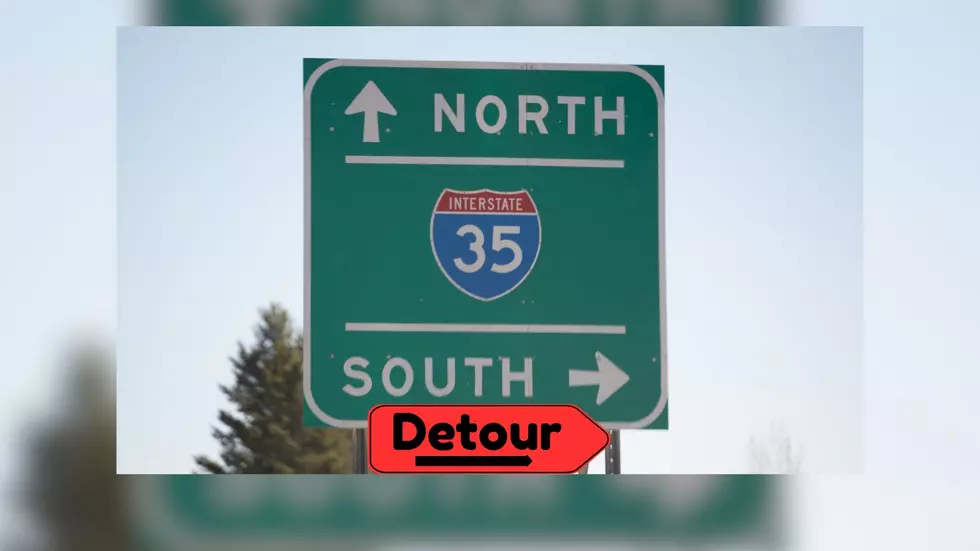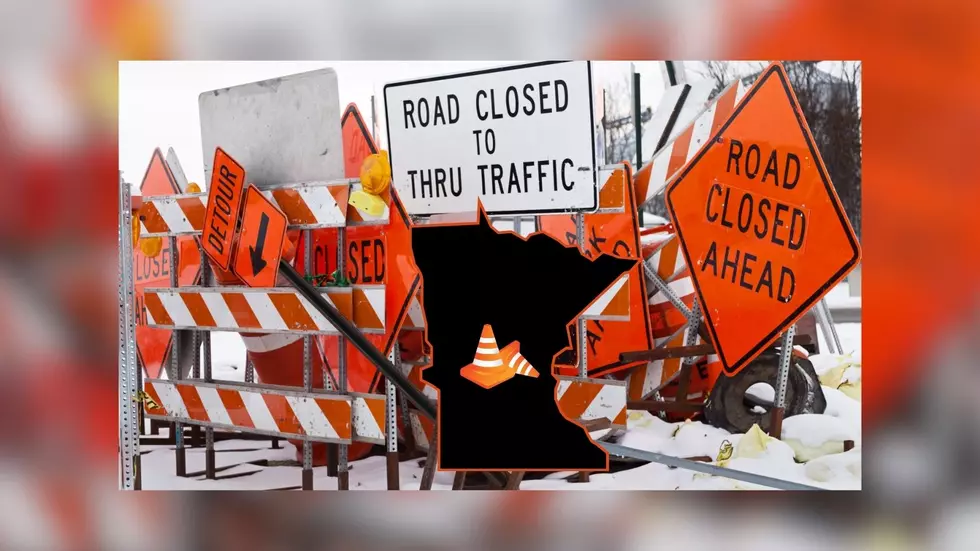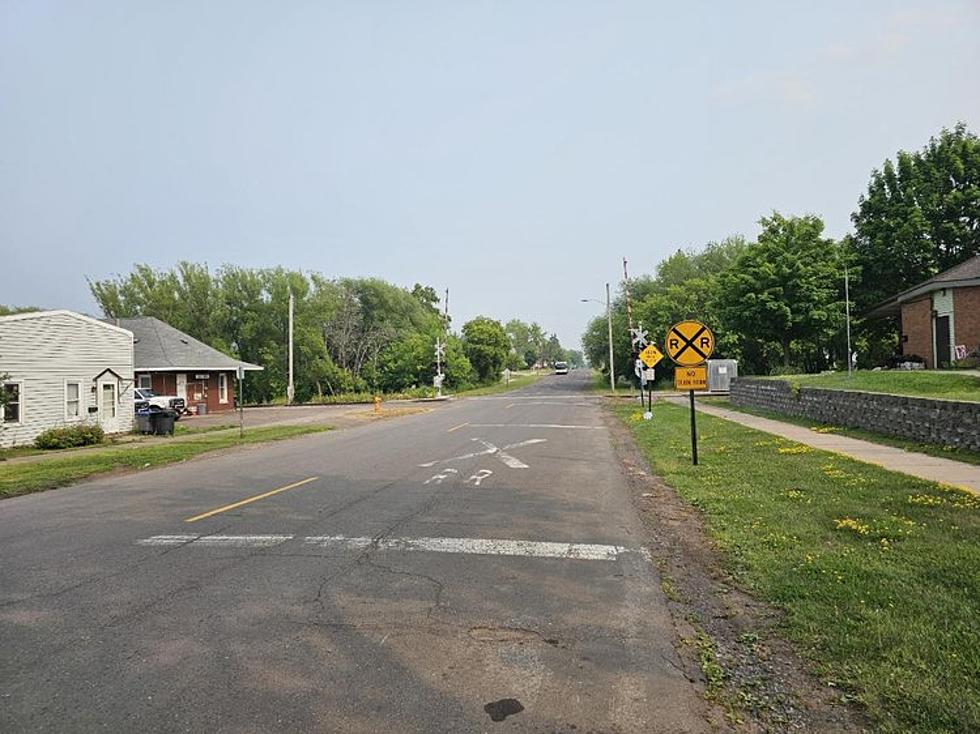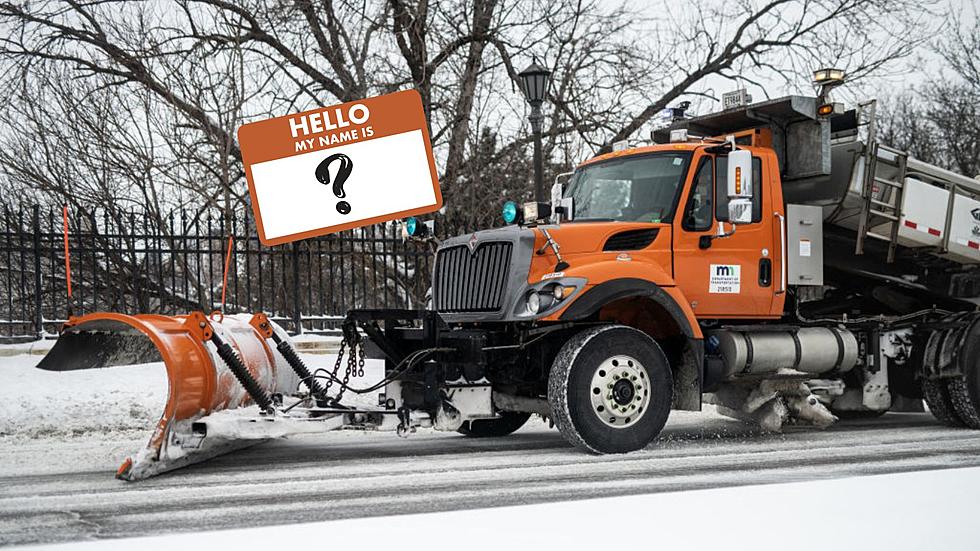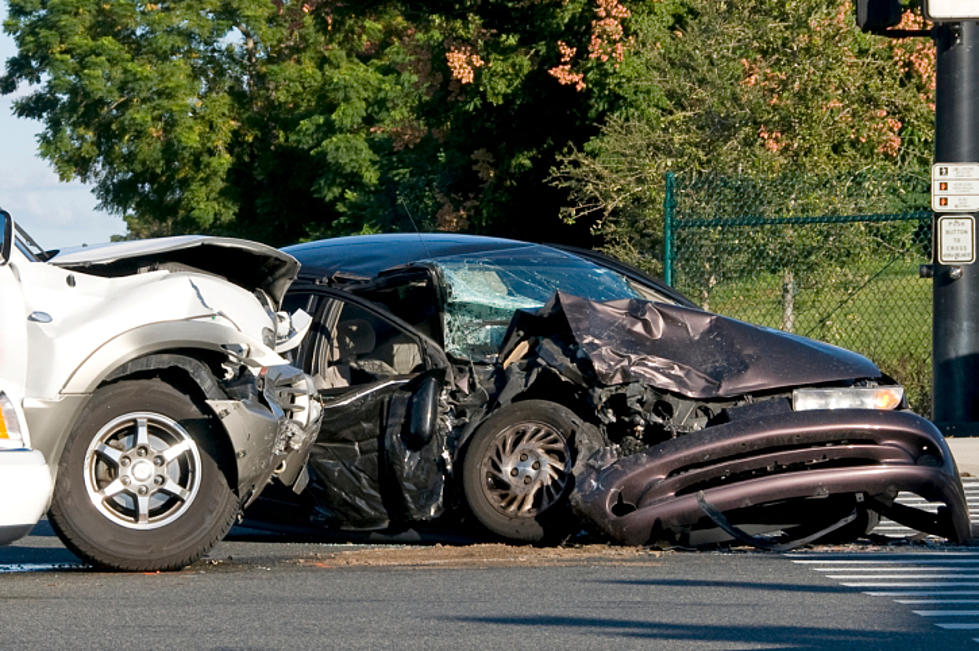
Reduced Conflict Intersection Construction to Begin on Hwy 61 South of Two Harbors
The Minnesota Department of Transportation announced that work on Hwy 61 south of Two Harbors will lead to the closing of the east side of the intersection of Hwy 61 and County Road 9.
The closing at that intersection will begin Monday, July 19 and it's expected to last 14 calendar days as they will be a constructing a reduced conflict intersection at that location, which will make the area less dangerous for motorists.
A reduced conflict intersection prevents the dangerous broadside collisions that happen when side roads intersect with highways. Once these types of intersections are constructed, motorists are prohibited from making left-turns and through-movements from side street approaches. Instead, drivers turn right onto the main road and then make a U-turn at a one-way median opening 400 ft. to 1,000 ft. after the intersection. Left turns from the main road approaches are similar to left turns at conventional intersections.
Ultimately, reduced conflict intersections decrease fatalities and injuries caused by broadside crashes on four-lane divided highways. The video below provides a great example of how they work.

MnDOT also announced that milling and paving operations between Knife River and Two Harbors will also begin on Monday, July 19. Motorists driving in that area can expect lane closures and 55mph speed limits in the work zone.
As is always the case each year, there are a lot of road projects happening this summer and the following reminders are never a bad idea for motorists to keep in mind:
- Slow down when approaching every work zone, then navigate through with care and caution.
- Stay alert; work zones constantly change.
- Watch for workers and slow moving equipment.
- Obey posted speed limits. Fine for a violation in a work zone is $300.
Minimize distractions behind the wheel.
See the Must-Drive Roads in Every State
LOOK: See how much gasoline cost the year you started driving
More From B105

